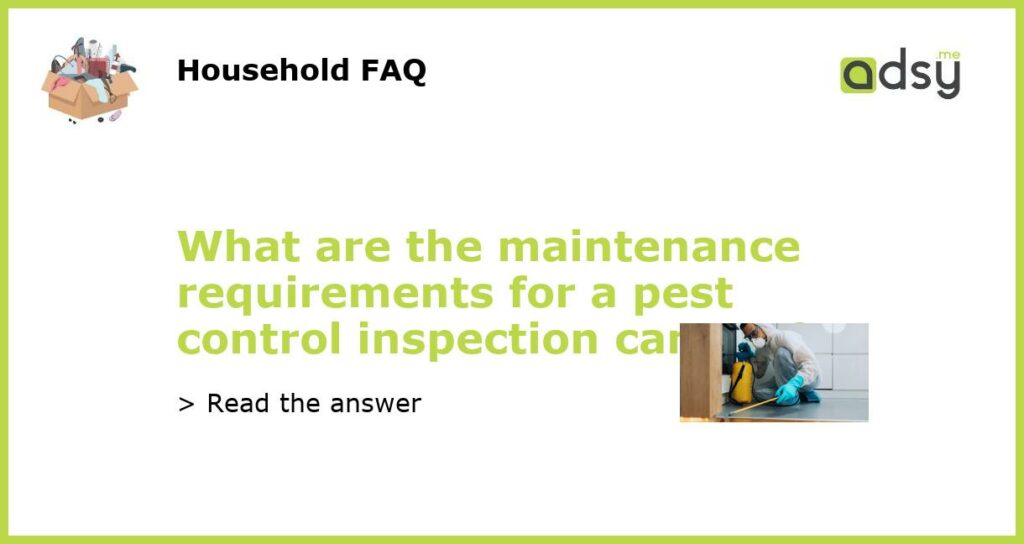Regular Cleaning and Maintenance
The first maintenance requirement for a pest control inspection camera is regular cleaning. Over time, the camera lens can become dirty or smudged, which can affect the clarity of the images or videos captured. Cleaning the lens with a soft, lint-free cloth and a gentle lens cleaning solution can help remove any dirt, dust, or debris that may have accumulated.
In addition to cleaning the lens, it is also important to regularly check and clean the camera’s other components, such as the body, cables, and connectors. This helps ensure that the camera remains in good working condition and reduces the risk of any malfunctions or damage.
Protection from Environmental Factors
Pest control inspection cameras are often used in various environmental conditions, including tight spaces, damp areas, or areas with high levels of dust or debris. To ensure the longevity of the camera, it is important to protect it from these environmental factors.
Using a protective case or cover can help shield the camera from dust, moisture, and physical damage. It is also important to avoid exposing the camera to extreme temperatures, as this can affect its performance and lifespan. If the camera needs to be used in extreme temperatures, it is advisable to check the camera’s specifications or consult the manufacturer for guidance.
Regular Battery Maintenance
Pest control inspection cameras are typically powered by rechargeable batteries. To maintain the camera’s battery life and performance, it is important to follow proper battery maintenance practices.
Regularly charging the battery and ensuring it is fully charged before each use is crucial. It is also important to avoid overcharging or leaving the battery completely drained for extended periods. Over time, batteries may also need to be replaced. It is advisable to check the camera’s user manual or consult the manufacturer for information on battery replacement.
Updating Software and Firmware
Like any electronic device, pest control inspection cameras may require software or firmware updates to improve performance, fix bugs, or add new features. It is important to regularly check for updates and install them as recommended by the manufacturer.
Updating the camera’s software or firmware can help ensure the camera remains compatible with the latest technologies, enhances its functionality, and improves its overall performance. Some manufacturers may provide software or firmware updates on their official website, while others may require users to register the camera or contact customer support for updates.
Professional Inspection and Servicing
While regular cleaning and maintenance can help prolong the lifespan of a pest control inspection camera, it is also important to have the camera professionally inspected and serviced on a regular basis. Professional technicians can thoroughly inspect the camera for any potential issues, clean and calibrate the camera’s components, and perform any necessary repairs.
Having the camera professionally serviced can help ensure that it remains in optimal working condition and identifies any potential problems before they become major issues. It is advisable to schedule regular maintenance appointments with a trusted camera service provider or contact the camera’s manufacturer for recommended servicing intervals.

